The Library of Consciousness
of Consciousness

I choose to call the city of the future “arcology” simply to remind one that in human terms a good city is an “architecture of ecology.” This simple fact bears radical fruits; bitter fruits for individuals who believe the world to be their private hunting ground; and exhilarating fruits for individuals who believe there is a theological component to their significance.

Architecture is the art and science of designing and constructing buildings and other physical structures that serve functional, aesthetic, and cultural purposes. It encompasses a diverse range of styles, techniques, and materials, reflecting the cultural, historical, and environmental contexts in which it is practiced. Architects consider factors such as site conditions, climate, building codes, and client needs to create spaces that are not only visually pleasing but also efficient, sustainable, and responsive to the needs of occupants. Architecture plays a crucial role in shaping the built environment and influencing the way people interact with and experience their surroundings, from homes and workplaces to public spaces and urban landscapes.
Throughout history, architecture has been closely intertwined with human civilization, serving as a tangible expression of cultural identity, technological innovation, and societal values. Architectural landmarks such as the Pyramids of Giza, the Parthenon, and the Taj Mahal stand as testament to the ingenuity and creativity of past civilizations, while contemporary architectural marvels push the boundaries of design and engineering. Architects today grapple with complex challenges such as urbanization, sustainability, and social equity, striving to create buildings and spaces that not only meet functional needs but also foster well-being, inclusivity, and connection to the natural environment. As the built environment continues to evolve, architecture remains a dynamic and interdisciplinary field that shapes the way we live, work, and interact with our surroundings.
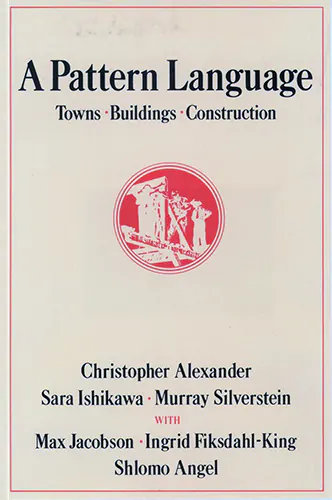
A Pattern Language
Towns, Buildings, Construction
A Pattern Language is a guide to designing spaces that feel alive and human. It presents 253 “patterns” (practical, timeless design solutions) to help create homes, buildings, and cities that truly support the way people live, connect, and thrive.
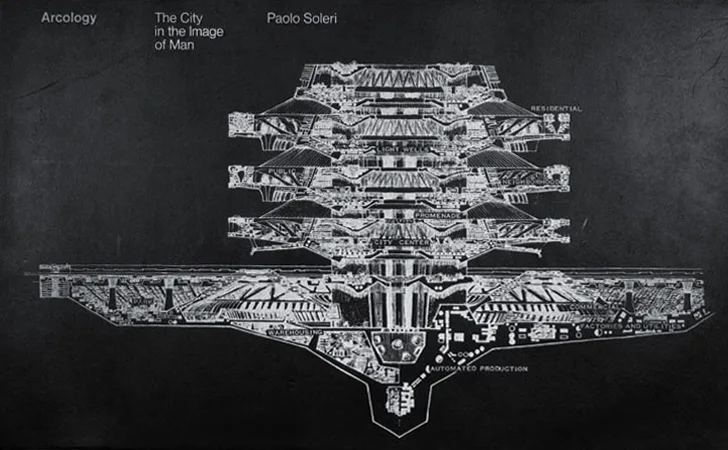
Arcology
The City In The Image Of Man
Visionary architect Paolo Soleri challenges us to think of cities as biological entities with his concept of the arcology—a massive, self-sustaining, urban “organism of a thousand minds” designed to exist in harmony with nature. He proposes that the purpose of life is aesthetogenesis: the universe progressively complexifying itself into compassionate, beautiful structures. Soleri showcases 30 potential arcologies through incredibly detailed diagrams, explaining how each integrates itself economically and ecologically into the world and fulfills his aesthetogenic criteria. The scope of his vision ranges from cities designed to span canyons or float on the oceans to cube-shaped metropolises suspended on pillars, and even a space habitat. While comprehensive, Soleri's focus lies primarily on realizing arcologies that meet humanity's moral imperative for sustainable urban living.
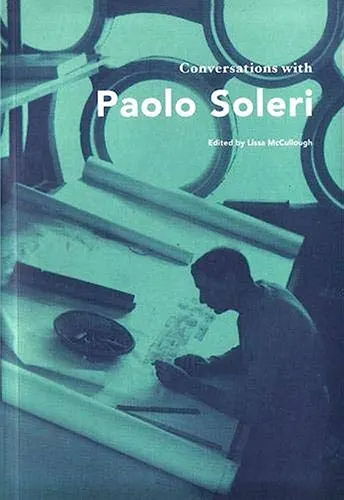
Conversations with Paolo Soleri
Paolo Soleri's architectural-philosophical thinking sets forth fundamental reformulations to address the globalizing world's most urgent environmental, urban infrastructural, and socio-ethical problems. In this book, Soleri's most recent ideas are distilled into an accessible overview for the general reader. Soleri proposes to transform our societal systems while raising sights to a radically long-term and humanistic perspective. Among the interrelated concepts outlined here are Soleri's highly original ideas of orchid and forest, the city as hyper-organism, the urban effect, and the love project. These inspiring ideas are acutely timely in light of current environmental trends: responding to global climate change, radically reducing oil dependence, embracing frugality and reduced consumption, while simultaneously confronting issues of suburban sprawl, urban renewal, smart land use, and wise food production.
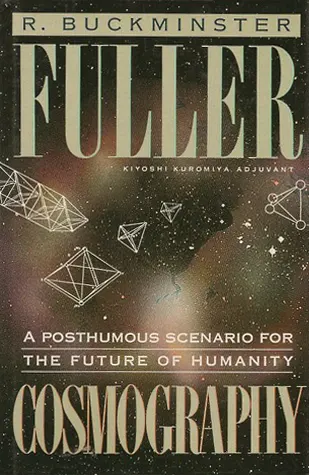
Cosmography
A Posthumous Scenario for the Future of Humanity
An ambitious synthesis of Fuller’s lifetime of interdisciplinary work, spanning geometry, systems theory, design, and cosmology. He outlines synergetic principles underlying natural structures, sustainable architecture like geodesic domes, and humanity’s potential through whole systems thinking and technologies in equilibrium with the universe’s finite resources. Dense but visionary, it encapsulates Fuller’s goal of developing a “Cosmography”—a coordinated model for all knowledge.
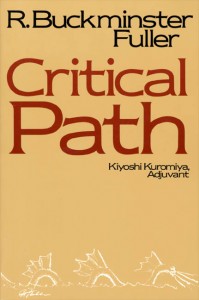
Critical Path
Critical Path is Fuller’s master work—the summing up of a lifetime’s thought and concern—as urgent and relevant as it was upon its first publication in 1981. The book details how humanity found itself in its current situation—at the limits of the planet’s natural resources and facing political, economic, environmental, and ethical crises. The crowning achievement of an extraordinary career, Critical Path offers the reader the excitement of understanding the essential dilemmas of our time and how responsible citizens can rise to meet this ultimate challenge to our future.

Does It Matter?
Essays on Man's Relation to Materiality
Alan Watts explores modern day problems from the outlook of his own philosophy in this collection of essays, inspired mainly by Mahayana Buddhism, Hinduism, and Taoism. Tackling problems of economics, technology, cooking, and clothing, he offers a fresh perspective which is all too foreign to Western society and implores us to get back in touch with the sensuous materiality of the world.
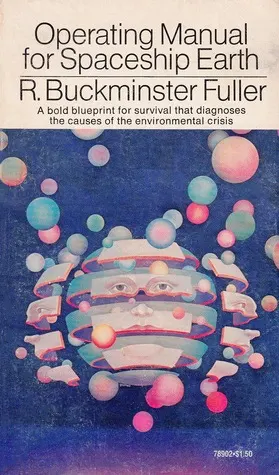
Operating Manual for Spaceship Earth
In this essay on man, Mr. Fuller expresses what may well be his penultimate view of the human condition. Here, in a mood at once philosophical and involved, he traces humanity's intellectual evolution and weighs our capability for survival on this magnificent craft, this Spaceship Earth, this superbly designed sphere almost negligible in dimension compared to the great vastness of space. Mr. Fuller is optimistic that we will survive and, through research and development and increased industrialization, generate wealth so rapidly that we can do very great things. But, he notes, there must be an enormous educational task successfully accomplished right now to convert our tendency toward oblivion into a realization of his potential, to a universe-exploring advantage from this Spaceship Earth.
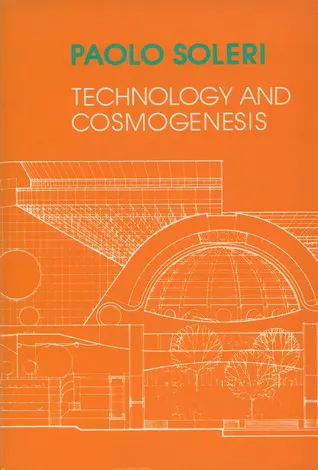
Technology and Cosmogenesis
A hopeful antidote to the destruction of man's environment caused by technology divorced from spirituality. Paolo Soleri, the renowned architect, urban planner, process philosopher and alchemist of the new spirituality of science and technology, challenges us to let go of our absolutized views of human life and creation. By this release, he holds that we can be healed by a cosmos in the process of becoming divine.
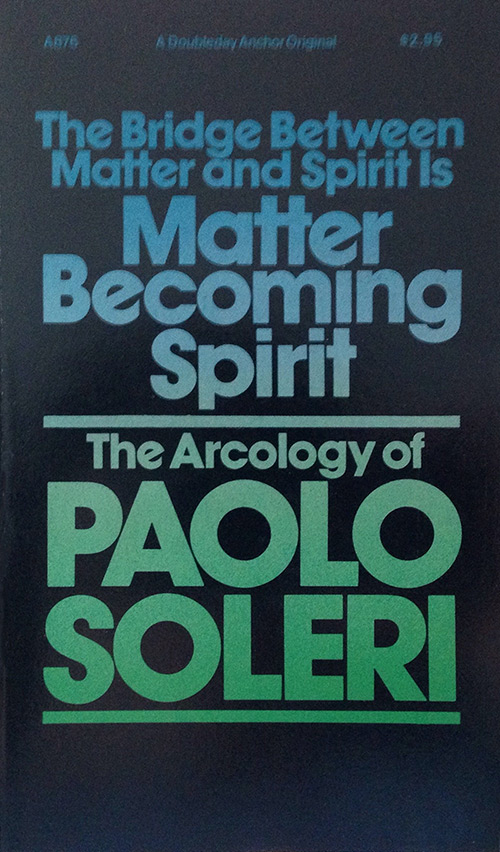
The Bridge Between Matter And Spirit is Matter Becoming Spirit
The Arcology of Paolo Soleri
This volume brings together the essays of Paolo Soleri in which he sets forth his philosophy of arcology (architecture ecology) and pleads for a new stage in the evolution of human society—a move toward compactness, or miniaturization, of our cities. To do so we must build solids rather than veneers; we must flee from a “flat” cityscape that debilitates and suppresses the individual. Arcologies, three dimensional macrostructures, are for populations of thousands or of millions.
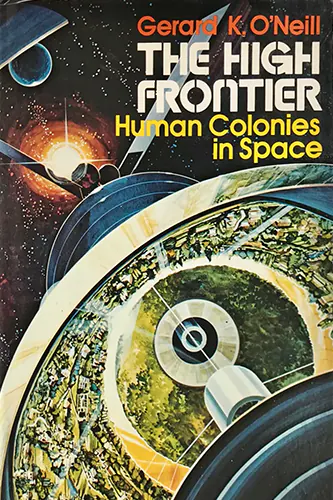
The High Frontier
Human Colonies in Space
Gerald K. O’Neill presents his visionary plan for human space colonization in the post-Apollo era. The book details three designs for rotating space habitats that could house millions of people near Earth-Moon Lagrange points. O’Neill proposes using lunar materials, launched via mass drivers, to construct these colonies. The habitats would feature Earth-like gravity, solar power, and agricultural areas. He presents space colonization as both technologically feasible and economically beneficial through ventures like solar power satellites.
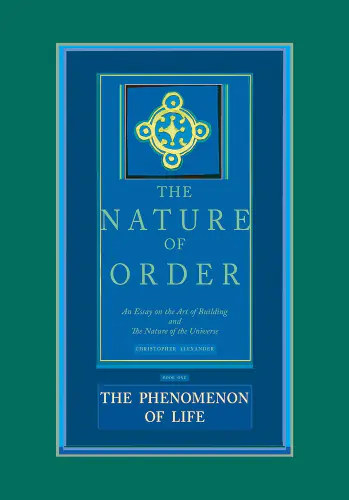
The Phenomenon of Life
The Nature of Order, Volume 1
Christopher Alexander examines why certain built environments possess more “life” than others. Central to his theory is the concept of “centers”—distinct, coherent parts within a larger whole that influence each other’s intensity. He argues that life can be objectively sensed and measured, supported by 15 fundamental geometric properties found in nature and traditional architecture. Alexander contends that these properties, which foster human well-being, have largely vanished in modern design, impacting our connection to built spaces.
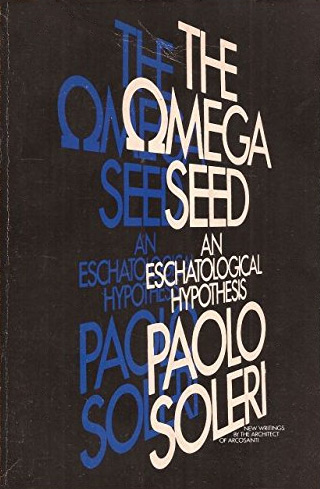
The Omega Seed
An Eschatological Hypothesis
The Ωmega Seed brings together Paolo Soleri’s writings on eschatology, that branch of theology concerned with the final events in the history of the world or of mankind. Soleri believes that the simulation of the divine will provide man with a blueprint for creation not only of our physical environment but also of a new stage in the evolution of mankind. His work is against the things of a materialistic society, toward a redesigning of the urban civilization of Earth.

The Urban Effect
A Doctrine of the Infant God
Like a cosmic infant slowly learning to walk, reality is toddling towards its divine potential in this essay by Soleri. Through the urban effect of dense interactions, lifeless matter evolves in complexity and miniaturization, transforming into living spirit. The cosmic journey culminates when all moments coexist in esthetic equity.

Zen Reconsidered
Is your mind playing tricks? Alan Watts reveals Zen isn’t about adding beliefs, but shedding the illusion of a separate self. Discover you’re already part of one vast, joyful cosmic dance—experience it directly for profound freedom!